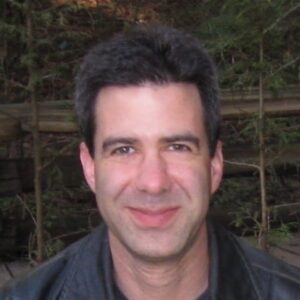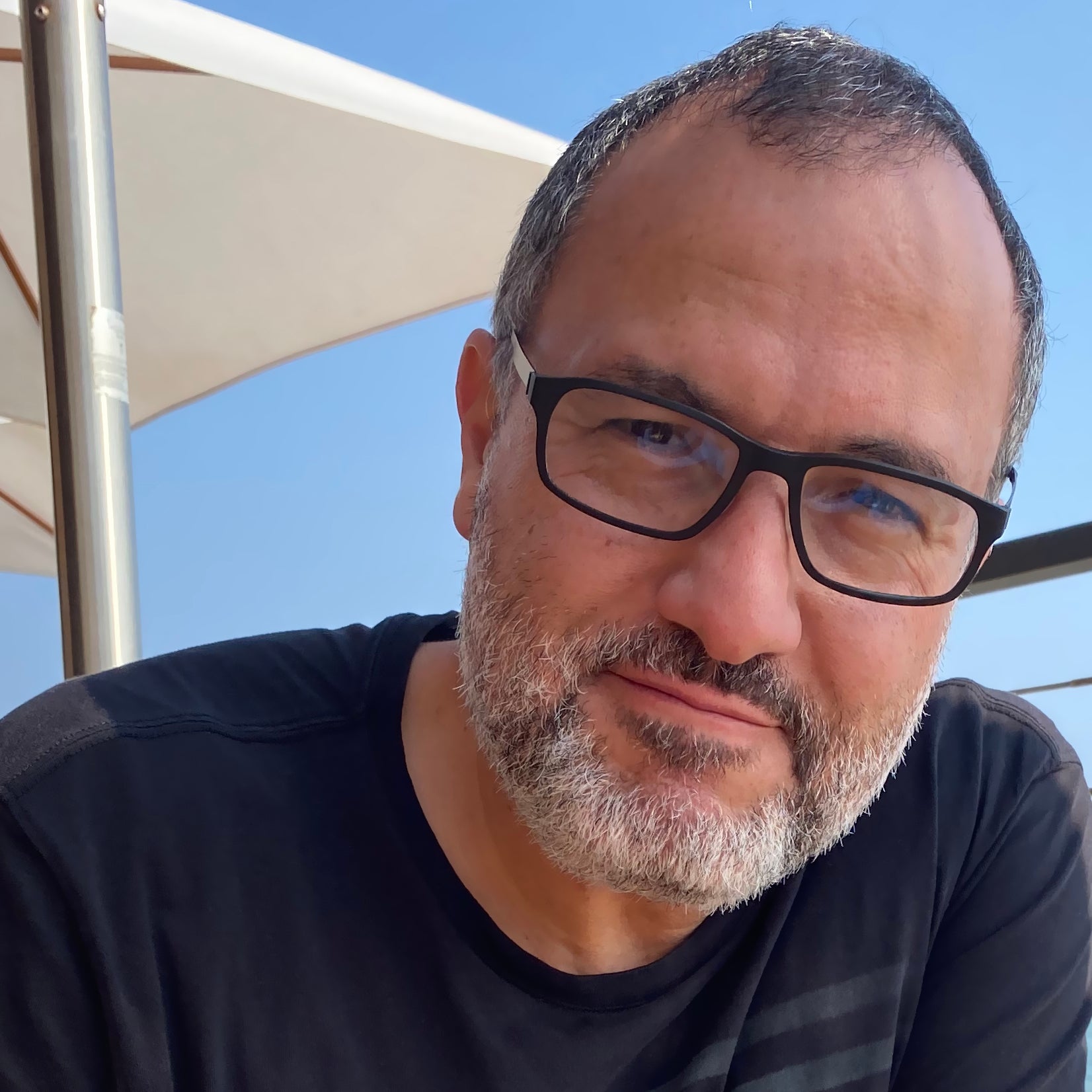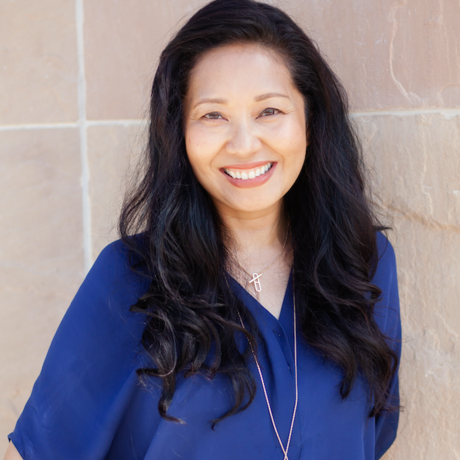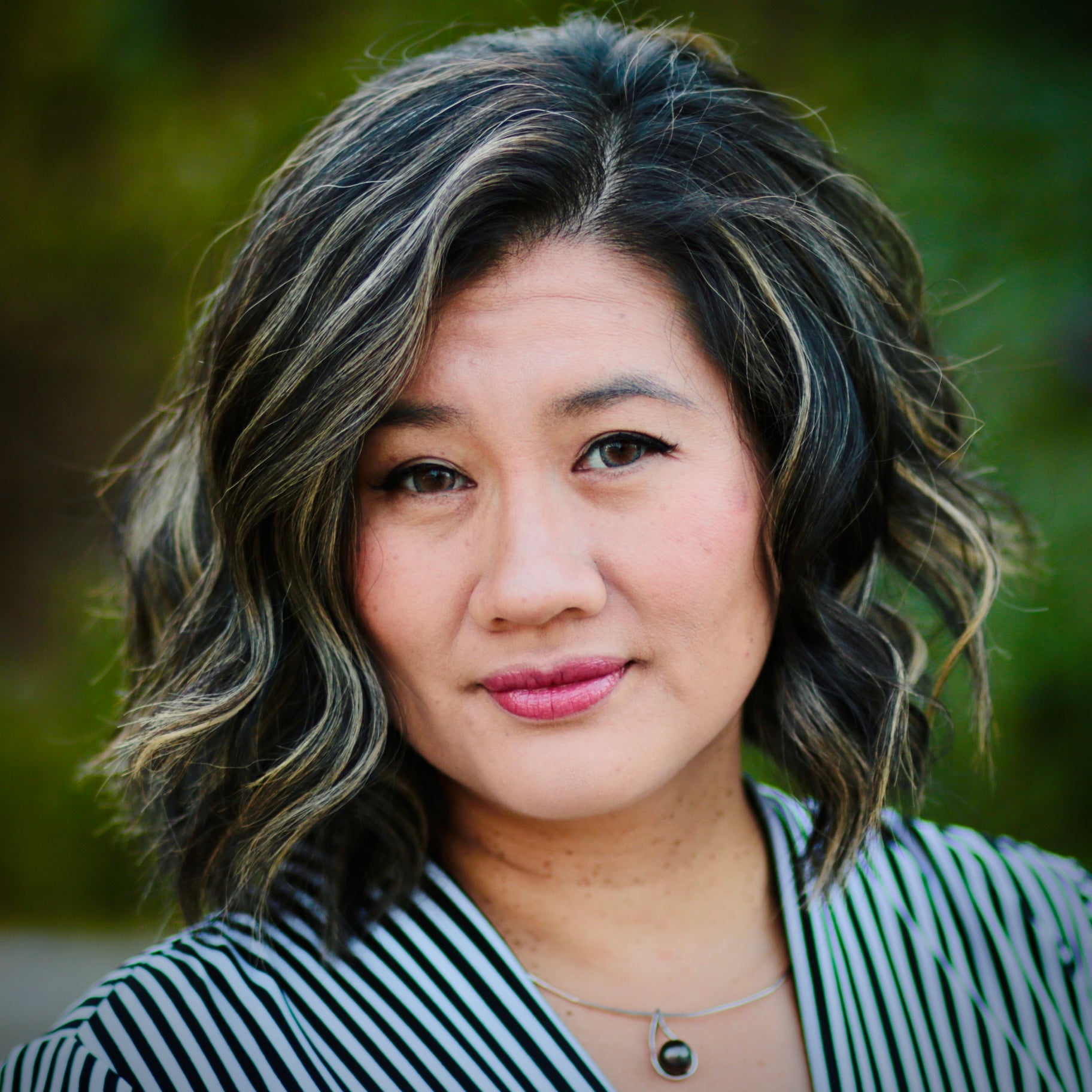
Larry Gritz
Software Architect, Sony Pictures Imageworks
ASWF TAC Member
Open Shading Language founder
Tell us a bit about yourself – how did you get your start in visual effects and/or animation?
I had a hobby interest in visual effects and photography after seeing Star Wars in 1977. In particular, this 1980 TV special was transformative for me. I recorded it (VHS!) and probably watched it a hundred times. But I never considered it a serious career possibility (this was long before digital effects). My original computer science interest was compilers. I stumbled upon computer graphics in its early days (late 80’s) by sheer luck of being at Cornell University when it was a research hub in that new field. I was a PhD student at precisely the time (early 90’s) when VFX was going digital and graphics research became relevant to film. It was all a lucky set of right time / right place coincidences and wisely jumping at those opportunities when they arose. Since then, I have never looked back.
What do you work on currently?
I am one of the architects in the software department at Sony Pictures Imageworks, dealing mostly with department-wide issues of our software methodology, technology strategy, managing our open source efforts, and helping other developers in the department be more productive. I still spend about half my time directly creating software for production, mostly focusing on realistic rendering, shading, texturing, and image processing.
I no longer work directly on film shots with my own hands, but the software I write is used on every frame of every film Sony Imageworks makes. Also, through the magic of open source, code I write is also used on a substantial portion of all visual effects and animated films industry-wide.
What was the first film or show you ever worked on? What was your role?
The first film on which I have actual credits is Toy Story (1995). I did shaders/lookdev, and shot lighting, while working at Pixar Animation Studios.
What do you like about open source software? What do you dislike?
The open source projects are among the most professionally rewarding things I’ve done. It’s all the excitement and satisfaction of having a widely used product that can move a whole industry and get recognized by peers elsewhere, but without the hassle of actually marketing and selling a commercial product and all that entails (which I have also done at other times in my career).
Which open source projects are you involved in?
The projects I directly run as the founder and a primary contributor are Open Shading Language (which won an Academy Sci-Tech award and recently joined the Foundation) and OpenImageIO. But I’m also a steering committee member (and occasional code contributor) for OpenEXR and OpenColorIO, and of course help manage all of Sony Imageworks’ open source efforts.
What is your involvement within the Academy Software Foundation?
I participated in the Academy’s exploratory process that eventually culminated in formation of the ASWF. Upon its formation, I represented Sony Pictures on the Technical Advisory Council. I’m also on the TSCs for two member projects.
What do you think is the biggest challenge facing open source developers/projects across the industry?
In a way, some projects are the victims of their own success — they have become such core infrastructure in this industry that people take them for granted. It’s easy to forget, as a user of software that always seems to work, how much ongoing effort is required to maintain it and keep it responsive to changing needs.
What do you think is most important for the Academy Software Foundation to focus on in the next year?
Normalizing the expectation within member companies that engineers should contribute copiously to relevant open source projects — not just one or two people in extraordinary circumstances or with special permission, but as a normal and expected part of any software developer’s daily duties. If an engineer sees something that can be improved in some piece of software that their company relies on, they should be expected to fix it.
What advice would you offer other developers or software engineers interested in getting started with the Foundation?
Find a project that you or your company actually uses, or could imagine using after you have improved it. The best contributors are scratching their own itches and feel a personal stake in the success of the project.
In every project, you will find many tasks that are very valuable but can be tackled even by people who are not yet domain experts or deeply familiar with the code base. Ask, and the senior developers will point you to something, even if it’s investigating or fixing a small bug, writing a test case, or straightening up some project infrastructure. From there you can bootstrap your way to bigger and more central contributions.
###
In Behind the Screens, we talk to developers and software engineers from across the motion picture and media industries to learn more about their work in visual effects and animation, how they use open source software, and their involvement in the Academy Software Foundation. If you are currently involved in the Academy Software Foundation or an open source project for motion pictures and would like to be featured in “Behind the Screens,” please email us.



